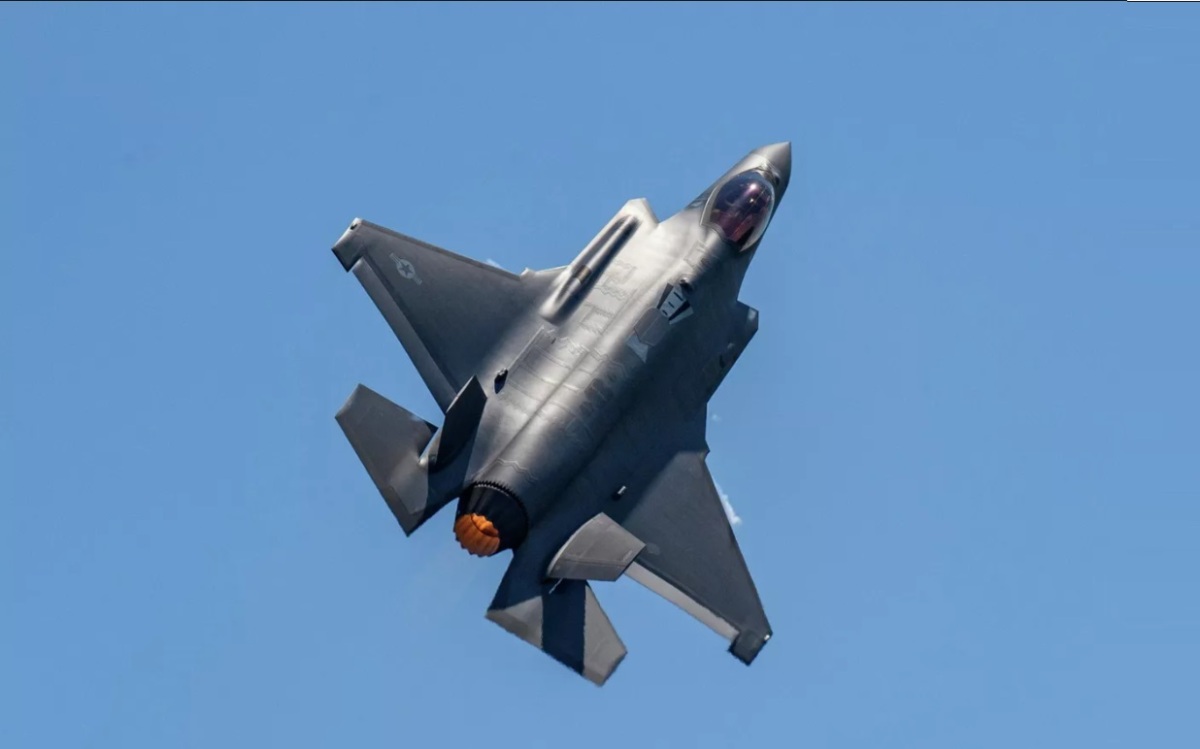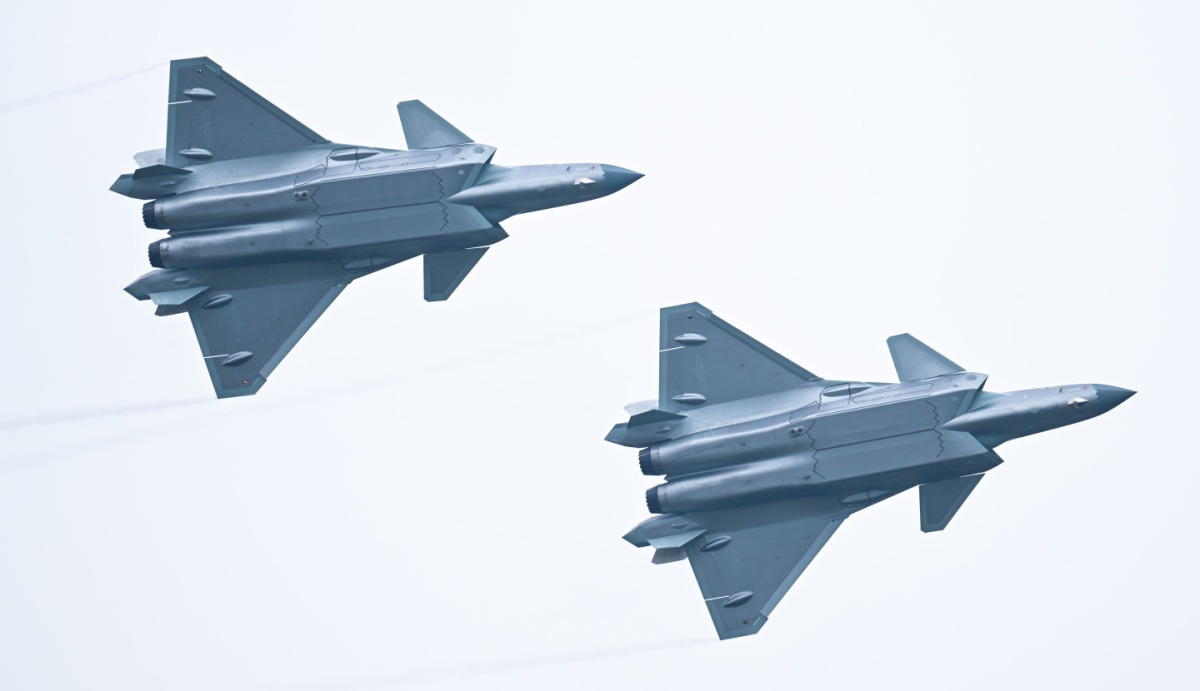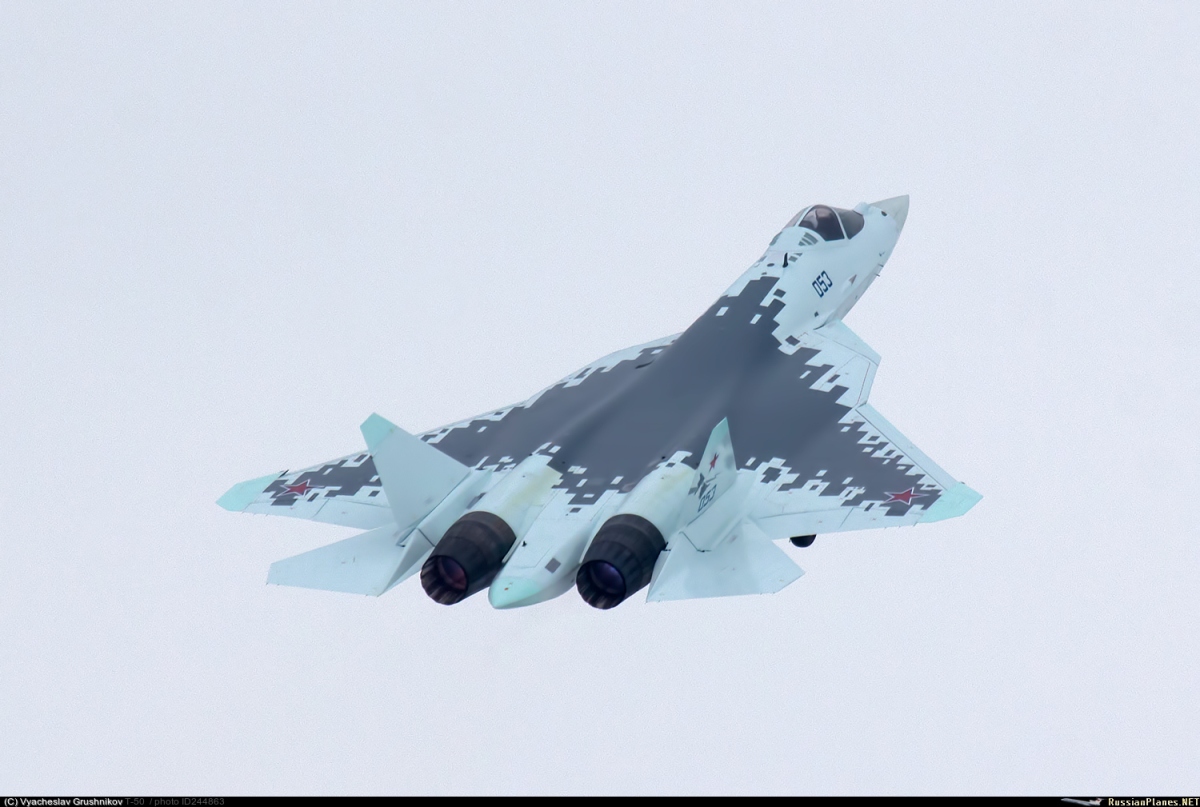It is a myth that stealth aircraft are stealth only from the front and not from any other aspect. F-22 and F-35 have all aspect stealth. It is correct that any given stealth aircraft's radar signature from the frontal aspect is the lowest and this is an established fact but that doesn't mean that if a modern radar such as 92N6E (or 92N2E) that works as the main tracking radar of S400 air defence system for example were to point towards an F-22 or F-35 flying sideways then F-22 or F-35 would light up on the radar like a Christmas tree and the S-400's radar would easily get a lock and destroy the aircraft.
View attachment 231113
For e.g, the F-35 is able to greatly reduce its thermal signature from behind and also has employed various other means of reducing its RCS from the rear. The F-35 engine's exhaust nozzle is shaped as such so as to allow least return of radar reflection from side ways or from front, with this, not just the RCS of the aircraft is reduced from the back and side aspect but it's thermal signature is also reduced greatly as a result too. Same case is with the F-22 too and other stealth aircraft.
Your assumption to think that stealth aircrafts are only stealth from the front aspect and not from side/rear/up/down aspect is outright baseless. Do you really think that any air defence radar will always be pointing towards the front of an aircraft such that all its radar waves will only deflect from the aircraft's nose? For e.g, we will take a theoretical scenario involving several S-400 batteries and one F-35. The S-400 batteries are located all around the F-35 such that we have one battery in every direction be it north, south, west, east, north east, south east etc, basically the F-35 is surrounded by S-400 air defences all around in its flight envelope, if your theory was correct then the F-35 would immediately be an easy target but no, the F-35, like the F-22 has all aspect stealth to deal with this scenario. Even in a realistic war like scenario, we will be air defences scattered all across the enemy airspace and not just in one point to which a stealth aircraft will move towards while keeping its nose pointed in that direction.
View attachment 231116
@StealthFlanker, hey you are the expert, correct me if I wrote anything wrong.








